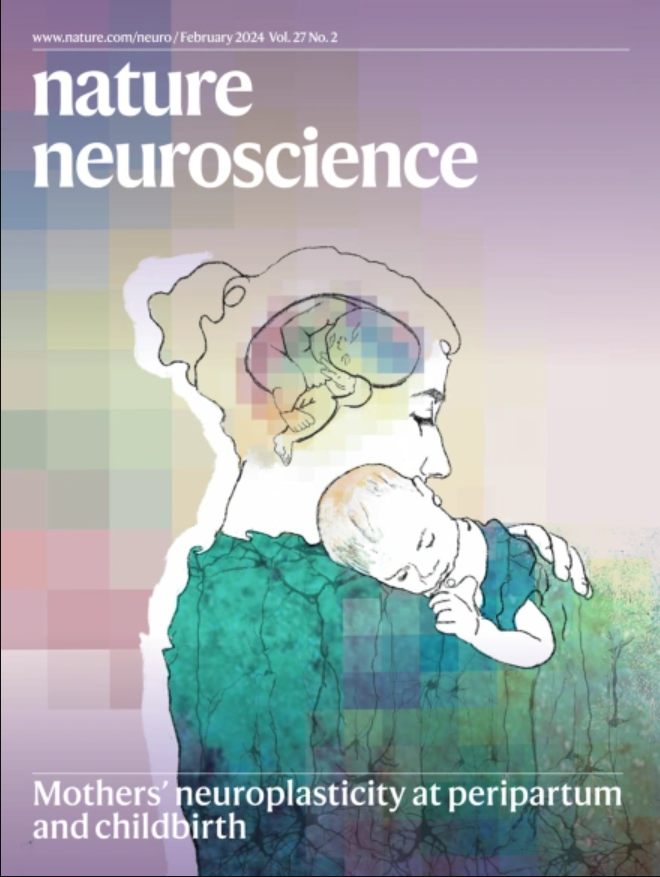Homeostasis of a representational map in the neocortex
IF 20
1区 医学
Q1 NEUROSCIENCES
引用次数: 0
Abstract
Cortical function, including sensory processing, is surprisingly resilient to neuron loss during aging and neurodegeneration. In this Article, we used the mouse auditory cortex to investigate how homeostatic mechanisms protect the representational map of sounds after neuron loss. We combined two-photon calcium imaging with targeted microablation of 30–40 sound-responsive neurons in layer 2/3. Microablation led to a temporary disturbance of the representational map, but it recovered in the following days. Recovery was primarily driven by neurons that were initially unresponsive to sounds but gained responsiveness and strengthened the network’s correlation structure. By contrast, selective microablation of inhibitory neurons caused prolonged disturbance, characterized by destabilized sound responses. Our results link individual neuron tuning and plasticity to the stability of the population-level representational map, highlighting homeostatic mechanisms that safeguard sensory processing in the neocortex. This study investigates how homeostatic mechanisms endow sensory representations in the auditory cortex with resilience against neuron loss. The map of sounds has the ability to recover after microablation by recruiting previously unresponsive neurons.


新皮层表征图的动态平衡
皮层功能,包括感觉处理,在衰老和神经变性过程中对神经元损失具有惊人的弹性。在这篇文章中,我们使用小鼠听觉皮层来研究稳态机制如何在神经元丢失后保护声音的表征图。我们结合双光子钙成像和靶向微消融30-40个2/3层声反应神经元。微消融导致表征图暂时紊乱,但在随后几天内恢复。恢复主要是由神经元驱动的,这些神经元最初对声音没有反应,但后来获得了反应,并加强了网络的相关结构。相比之下,选择性微消融抑制神经元引起长时间的干扰,其特征是不稳定的声音反应。我们的研究结果将个体神经元的调节和可塑性与群体水平表征图的稳定性联系起来,强调了保护新皮层感觉处理的稳态机制。
本文章由计算机程序翻译,如有差异,请以英文原文为准。
求助全文
约1分钟内获得全文
求助全文
来源期刊

Nature neuroscience
医学-神经科学
CiteScore
38.60
自引率
1.20%
发文量
212
审稿时长
1 months
期刊介绍:
Nature Neuroscience, a multidisciplinary journal, publishes papers of the utmost quality and significance across all realms of neuroscience. The editors welcome contributions spanning molecular, cellular, systems, and cognitive neuroscience, along with psychophysics, computational modeling, and nervous system disorders. While no area is off-limits, studies offering fundamental insights into nervous system function receive priority.
The journal offers high visibility to both readers and authors, fostering interdisciplinary communication and accessibility to a broad audience. It maintains high standards of copy editing and production, rigorous peer review, rapid publication, and operates independently from academic societies and other vested interests.
In addition to primary research, Nature Neuroscience features news and views, reviews, editorials, commentaries, perspectives, book reviews, and correspondence, aiming to serve as the voice of the global neuroscience community.
 求助内容:
求助内容: 应助结果提醒方式:
应助结果提醒方式:


